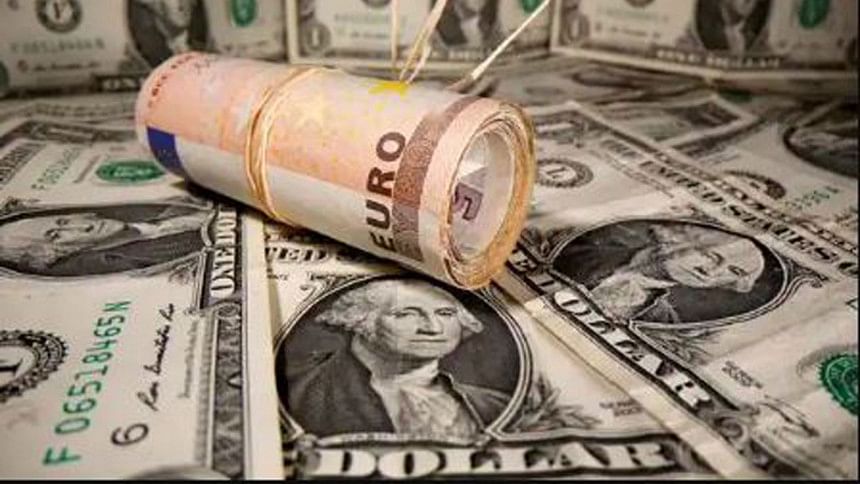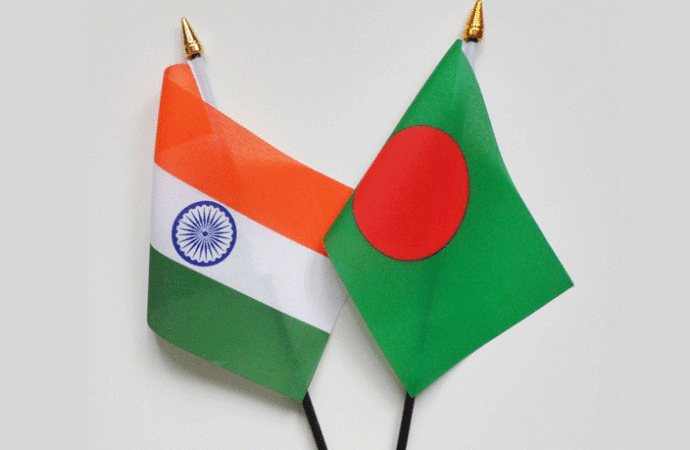

Last update on: Sun Sep 17, 2023 11:12 AM

The cost of debt servicing has risen significantly amid a higher flow of loans from development partners and an elevated level of interest payments, compounding pressure on the foreign currency reserve of Bangladesh, official figures showed.
Owing to higher import bills and lower-than-expected remittance and export earnings, the reserve has been falling since July 2022.
At that time, it stood at $31.17 billion and has fallen to $21.71 billion this month as per the new calculation adopted by the Bangladesh Bank in line with the formula of the International Monetary Fund (IMF).
In July, the first month of the current fiscal year of 2023-24, the debt servicing repayment climbed 41 percent to $253 million. It was $179 million in the same month in 2022-23, data from the Economic Relations Division (ERD) showed.
Interest payments on the debt almost doubled to $106 million from $64 million.
In FY23, debt servicing repayment rose 32 percent to $2.67 billion, which included $928 million in interest payments.
Although the foreign debt of Bangladesh is still below the debt sustainability threshold of the IMF, it is rising.
The country’s outstanding foreign debt stood at $95.71 billion in March this year, according to the BB. Of the sum, the public sector owes $73.53 billion to their foreign lenders that also includes $61.89 billion in government debt.
According to the IMF’s sustainability threshold, foreign debt should be less than 40 percent of the gross domestic product (GDP). It is still below 20 percent for Bangladesh.
A World Bank-IMF debt sustainability analysis in January assessed that Bangladesh remained at low risk of debt distress.
The country’s forex reserves are still in good shape owing to the disbursement of funds for the foreign assistance-backed mega projects.
A document of the ERD showed the fund release for mega projects such as the Dhaka Metro Rail, Matarbari Coal Power Plant, and Rooppur Nuclear Power Plant has increased in recent times as their implementation is now in the last phase.
Besides, the government has received sizeable budgetary support in the last three years as development partners accelerated lending to help the economy make a turnaround from the impacts of the coronavirus pandemic and the Russia-Ukraine war.
Of the lenders that collectively disbursed $405.79 million in July, Japan lent $251.89 million, the World Bank provided $57.53 million, and the Asian Development Bank released $70.43 million.
The repayment of the principal amount of the funds begins after the maturity of the loans, whose tenure ranges from 20 years to 30 years. However, the interest repayment starts after the disbursement is made.
So, the interest payment costs for Bangladesh are rising, the ERD document said.
Another factor for the higher interest expenses has been the elevated cost of funds from the external sector, driven by a spike in the interest rate for Libor and SOFR-linked loans.
The London Interbank Offered Rate (Libor) was the global reference rate for unsecured short-term borrowing in the interbank market before it was replaced in June by the Secured Overnight Financing Rate (SOFR) amid scandals and crises.
Meanwhile, the utilisation of foreign loans is not increasing despite a ballooning of such funding in the pipeline and a rise in foreign loans.
In July, the foreign loan disbursement declined 17 percent to $405 million. It was $9.25 billion in FY23 and $10 billion in FY22.
The lower release of funds prompted the government to order ministries to accelerate the use of loans with a view to giving a much-needed fillip to the forex reserves.
A top official of the ERD says it always holds meetings with line ministries and development partners to raise the use of foreign loans.
“But the situation has not improved.”
The unused foreign assistance stood at $48 billion in July.









